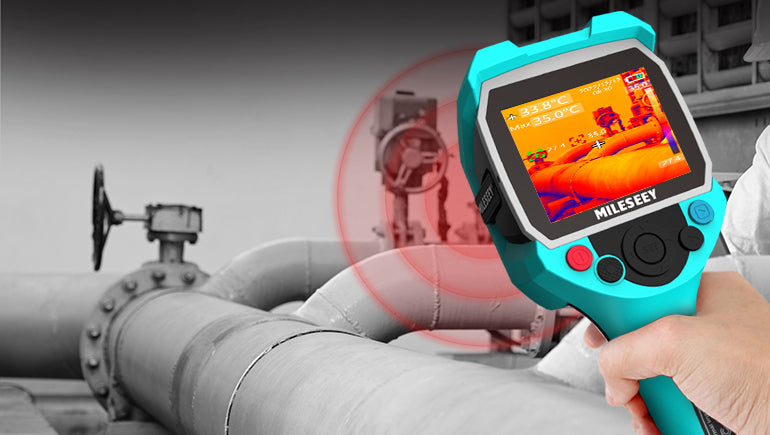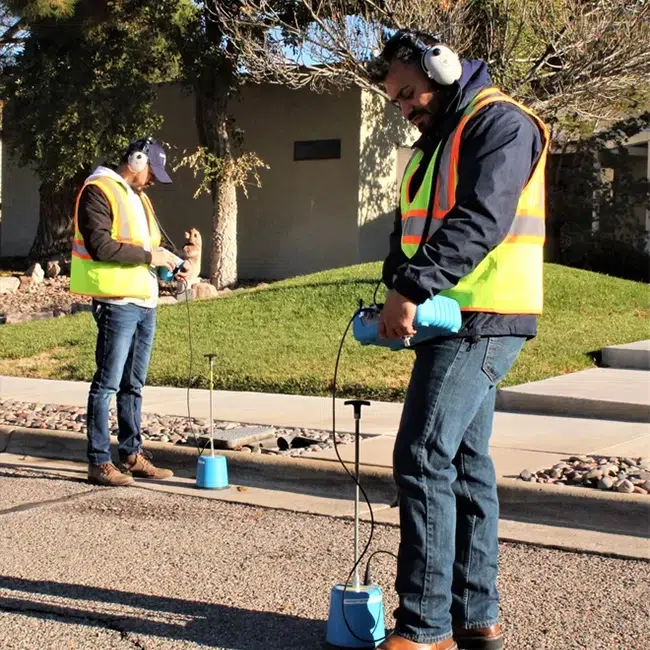Advanced Water Leak Detection Solutions for Your Home and Business
Advanced Water Leak Detection Solutions for Your Home and Business
Blog Article
Innovative Solutions for Very Early Discovery of Water Leakages in Structures and Facilities
From advanced leak discovery innovations to the release of IoT sensing units for real-time tracking, the landscape of leak avoidance is advancing swiftly. Automated water flow evaluation systems are improving how leakages are recognized and resolved, paving the means for a proactive approach to water leakage discovery.
Advanced Leak Discovery Technologies
Advanced leakage discovery technologies, outfitted with advanced sensing units and algorithms, play a crucial duty in quickly identifying and pinpointing water leaks in various settings. Electromagnetic sensors can determine changes in electro-magnetic fields caused by water, supplying yet one more layer of leak discovery capability.

IoT Sensors for Real-Time Monitoring
In the world of modern water leakage detection, the assimilation of IoT sensors for real-time surveillance represents a crucial improvement in enhancing aggressive leak discovery capacities. These sensors provide constant surveillance of water supply, providing real-time data on water flow rates, pressure variations, and temperature modifications. By leveraging IoT modern technology, these sensing units can spot even the smallest anomalies in water usage patterns, making it possible for early identification of potential leaks before they intensify into major issues.
IoT sensing units transmit information to a centralized platform, where innovative formulas assess the details and create signals or alerts when abnormalities are spotted. This real-time monitoring capability allows homeowner or center managers to immediately resolve leakages, lessening water damages, lowering repair costs, and conserving water resources.
Additionally, IoT sensors can be integrated with building administration systems, permitting computerized responses to identified leaks, such as shutting down water valves or turning on pumps to mitigate the influence of leakages. In general, the implementation of IoT sensing units for real-time tracking considerably enhances the effectiveness and effectiveness of water leakage discovery in buildings and framework.
Artificial Intelligence Algorithms for Leak Forecast

One secret advantage of using artificial intelligence for leakage prediction is its capacity to constantly discover and improve its precision over time. As even more information is gathered and fed into the algorithm, it can refine its forecasts and adjust to altering conditions, ultimately increasing the dependability of leak detection systems.
In addition, artificial intelligence algorithms can help in identifying refined signs of leakages that might go undetected by standard monitoring methods. water leak detection. By assessing intricate data embed in real-time, these algorithms can offer early cautions and signals, enabling for timely treatment and preventive upkeep to minimize prospective water damage and associated costs
Utilizing Thermal Imaging for Leakage Detection
Thermal imaging technology uses a promising approach for identifying water leakages in numerous systems and infrastructures. By using infrared radiation and temperature level differences, thermal imaging cams can determine concealed leaks that are not easily noticeable to the naked eye.
One of the essential advantages of thermal imaging for leakage discovery is its non-intrusive nature. Overall, the use of thermal imaging innovation improves the effectiveness and precision of water leakage detection, making it an important tool for preserving the stability of buildings and get more frameworks.
Automated Water Circulation Analysis Equipments
Just how can computerized water flow analysis systems change the discovery and management of leakages in different systems and facilities? Automated water circulation evaluation systems provide a proactive technique to leakage detection by constantly checking water circulation prices and patterns. By developing baseline data, these systems can rapidly determine deviations that might suggest a leakage, enabling prompt intervention to protect against comprehensive damages.
These systems make use of advanced formulas to analyze real-time data and give immediate informs when abnormalities are found, enabling quick activity to be taken. In addition, automated water circulation evaluation systems can be integrated with building monitoring systems or IoT platforms, improving total effectiveness and making it possible for remote monitoring capacities.
Furthermore, the information accumulated by these systems can be used for predictive upkeep objectives, helping to identify potential weak points in the infrastructure prior to leakages occur. Overall, the application of automated water flow evaluation systems can considerably enhance leak image source detection and administration techniques, ultimately resulting in cost savings, minimized water wastefulness, and boosted sustainability in structures and framework.

Verdict
Finally, the combination of sophisticated leakage discovery technologies, IoT sensors, maker understanding algorithms, thermal imaging, and automated water flow evaluation systems offers innovative options for very early discovery of water leakages in buildings and infrastructure. These innovations make it possible for real-time monitoring, prediction of leakages, and efficient detection techniques to avoid water damage and waste. Applying these solutions can help in preserving here are the findings the stability and sustainability of water supply in numerous settings.
Report this page